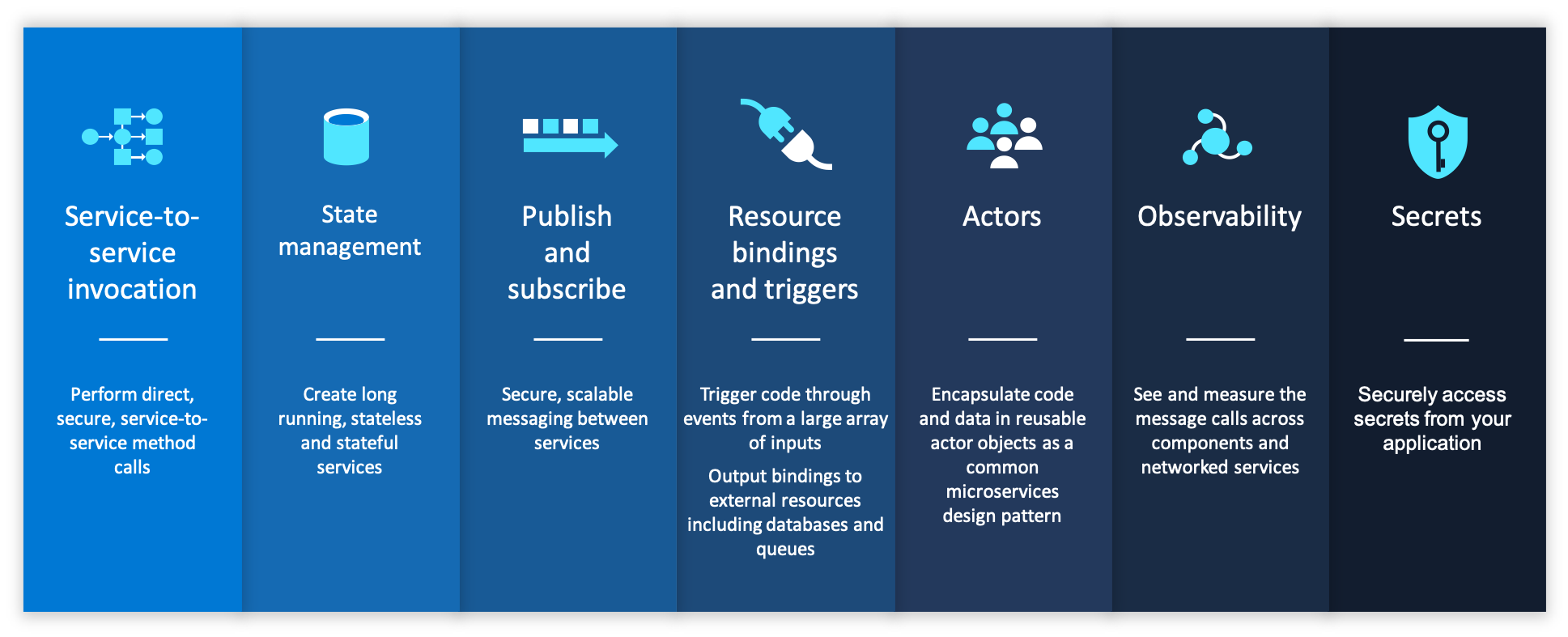Microsoft’s Dapr open-source project to help developers build cloud-native apps hits 1.0
Dapr, the Microsoft-incubated open-source project that aims to make it easier for developers to build event-driven, distributed cloud-native applications, hit its 1.0 milestone today, signifying the project’s readiness for production use cases. Microsoft launched the Distributed Application Runtime (that’s what “Dapr” stand for) back in October 2019. Since then, the project released 14 updates and the community launched integrations with virtually all major cloud providers, including Azure, AWS, Alibaba and Google Cloud.
The goal for Dapr, Microsoft Azure CTO Mark Russinovich told me, was to democratize cloud-native development for enterprise developers.
“When we go look at what enterprise developers are being asked to do — they’ve traditionally been doing client, server, web plus database-type applications,” he noted. “But now, we’re asking them to containerize and to create microservices that scale out and have no-downtime updates — and they’ve got to integrate with all these cloud services. And many enterprises are, on top of that, asking them to make apps that are portable across on-premises environments as well as cloud environments or even be able to move between clouds. So just tons of complexity has been thrown at them that’s not specific to or not relevant to the business problems they’re trying to solve.”
And a lot of the development involves re-inventing the wheel to make their applications reliably talk to various other services. The idea behind Dapr is to give developers a single runtime that, out of the box, provides the tools that developers need to build event-driven microservices. Among other things, Dapr provides various building blocks for things like service-to-service communications, state management, pub/sub and secrets management.
“The goal with Dapr was: let’s take care of all of the mundane work of writing one of these cloud-native distributed, highly available, scalable, secure cloud services, away from the developers so they can focus on their code. And actually, we took lessons from serverless, from Functions-as-a-Service where with, for example Azure Functions, it’s event-driven, they focus on their business logic and then things like the bindings that come with Azure Functions take care of connecting with other services,” Russinovich said.
He also noted that another goal here was to do away with language-specific models and to create a programming model that can be leveraged from any language. Enterprises, after all, tend to use multiple languages in their existing code, and a lot of them are now looking at how to best modernize their existing applications — without throwing out all of their current code.
As Russinovich noted, the project now has more than 700 contributors outside of Microsoft (though the core commuters are largely from Microsoft) and a number of businesses started using it in production before the 1.0 release. One of the larger cloud providers that is already using it is Alibaba. “Alibaba Cloud has really fallen in love with Dapr and is leveraging it heavily,” he said. Other organizations that have contributed to Dapr include HashiCorp and early users like ZEISS, Ignition Group and New Relic.
And while it may seem a bit odd for a cloud provider to be happy that its competitors are using its innovations already, Russinovich noted that this was exactly the plan and that the team hopes to bring Dapr into a foundation soon.
“We’ve been on a path to open governance for several months and the goal is to get this into a foundation. […] The goal is opening this up. It’s not a Microsoft thing. It’s an industry thing,” he said — but he wasn’t quite ready to say to which foundation the team is talking.
![]()



Leave a Reply
Want to join the discussion?Feel free to contribute!